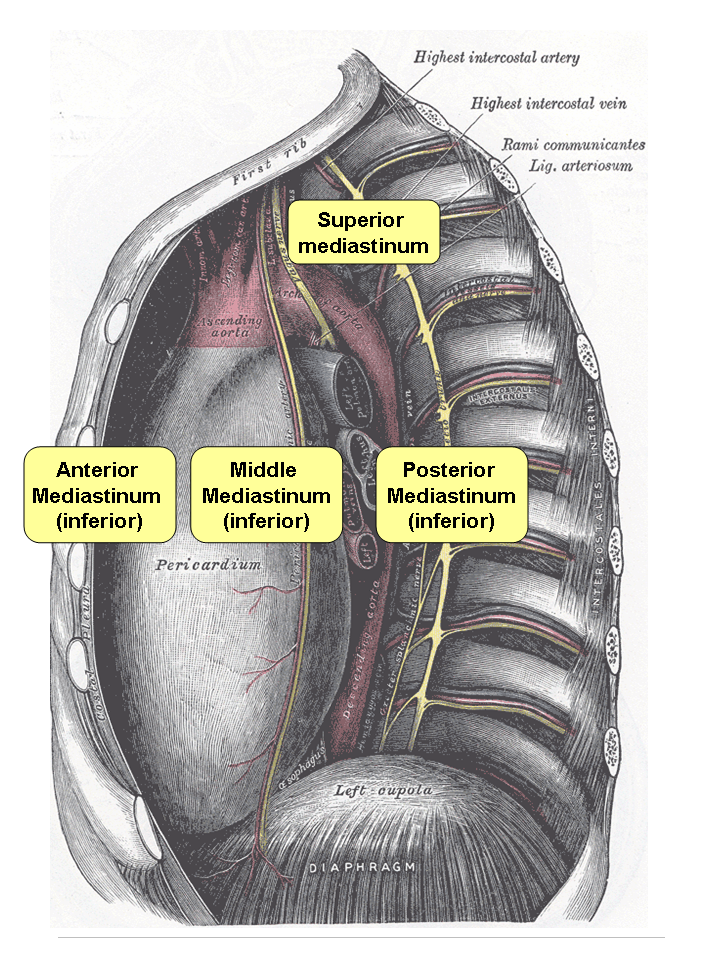 |
| The Anterior Lateral Ligament (ALL) |
In reality, a Dr. Paul Segond, a French surgeon was the first to document a description of the ligament back in 1879. Obviously, like the conquistadores of Europe "discovering" the Americas, this "discovery" is more like a renaming. In the Belgium study, it states that probably about 97%-100% of us have this ligament. Previously many have thought of it as an oblique band of the lateral collateral ligament (LCL) or a lateral extension of the knee joint capsule.
What does this new "discovery" mean?
Honestly, nobody really knows. But there's some speculation that the ALL has a role in anterior cruciate ligament (ACL) injuries and its potential role in limiting internal tibial rotation as seen in positive pivot shift testing. For now we can just guess based upon our current understanding of the biomechanics of the knee along with the rest of the body.
My Take On This:
If the ALL checks internal tibial rotation and if it's injured, like all ligamentous injuries, the common approach is to facilitate the agonist muscle around the ligament to check further stretching/tensioning of the ligament. For example, the ALL limits internal tibial rotation and the biceps femoris contributes to the opposing external tibial rotation movement; so it makes sense to condition the muscles that externally rotate the tibia: biceps femoris, TFL, vastus lateralis. Theoretically, if the ALL limits the tibia moving internally on the femur, it can also limit the femur moving externally on the tibia and addressing the muscles that internally rotate the femur may also help stabilize an injured ALL: TFL, ischiocondylar adductor magnus, anterior gluteus medius/minimus.
But regardless of these specific muscles that directly affect the transverse plane of the knee and counters the internal tibial rotation tension that the ALL restricts, you'd also want to assess the function of the popliteus:
 |
| Popliteus |
But if you really want protect the ALL, ACL, the menisci, the patella-femoral joint and all the other structures around the tibia-femoral and tibia-fibular joints, assess what is going on up north at the pelvis. The pelvis-femur complex is like the steering wheel and everything below are like the wheels. If your steering is out of alignment, your wheels get much more wear and tear for every mile driven. This is a whole other story and blog post altogether but it is highly recommend to address the function of the pelvis and hip complex in three planes of motion.
Hopefully you got something out of this post and perhaps it helped spark some outside of the box thinking. Please share this with others since no one else appears to be writing about the ALL other than it's some "new" ligament discovered.
;-)












